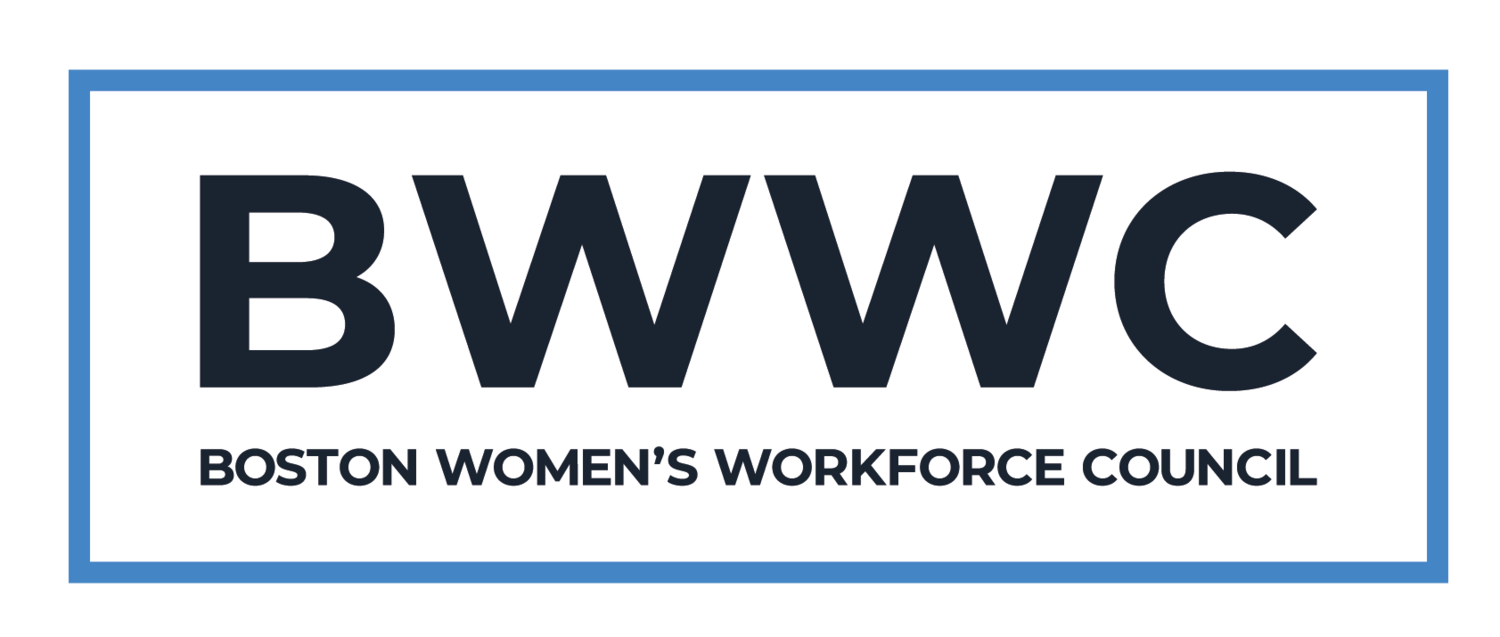BWWC Response to Wall Street Journal Article: "The ‘Gender Pay Gap’ Is a Myth That Won’t Go Away"
In their March 8th opinion piece, Phil Gramm and John Early argue that the gender wage gap is a myth caused by choices that “men and women freely make.” They point to census data that shows men work an average of two hours a week more than women, thereby justifying their higher pay. They cite the American Time Use Survey indicating a 21 percent decrease since 2003 between the time men and women work on housework and childcare, implying that since women’s workload at home is lessening, any wage gap they experience is due to their own choices to put in less hours at work.
The two authors fail to note that this same study still shows women spending over double the time on housework and childcare as their male colleagues. Claudia Goldin, the Nobel laureate and Harvard economist, identifies this disparity as one of the root causes of the gender wage gap. Do women truly choose this ongoing imbalance when they also work outside the home?
The Boston Women’s Workforce Council (BWWC), a public-private partnership between the Boston Mayor and 200+ employers, analyzes the payroll data of our members to track progress made to close gender and racial wage gaps in the workplace. Our most recent study found a decline in the gender wage gap of 30 percent in 2021, to 24 cents from 30 cents. Why? Our employers promoted women to more senior jobs with increased salaries. They also implemented policies that supported women’s efforts to balance work and home, such as hybrid and/or flexible schedules and subsidizing childcare.
No one chooses to earn less or advance more slowly. That is the true Gender Pay Gap myth that needs to go away.
Kim Borman Executive Director, BWWC
Cathy Minehan Co-Chair, BWWC Former President and Chief Executive Officer of the Federal Reserve Bank of Boston
Evelyn Murphy, Co-Chair, BWWC, Former Lieutenant Governor of Massachusetts

